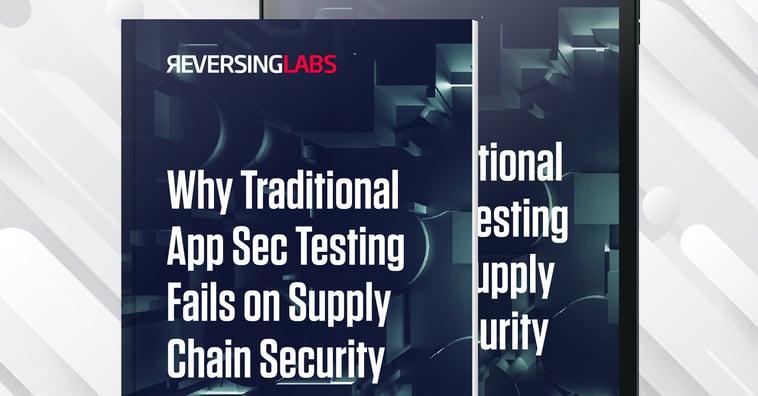What is SAST?
Static application security testing, commonly known as SAST, is a proactive approach to identifying security vulnerabilities in software applications. Unlike dynamic testing methods that require the application to be executed, SAST evaluates static inputs such as documentation (requirements, design, and specifications) and application source code. By analyzing these static elements, SAST can uncover a wide range of known security vulnerabilities, ensuring a comprehensive assessment of potential risks. In the simplest terms, SAST acts as a code scanner, examining the codebase for security weaknesses before the application is even executed.
Why is understanding SAST important?
Static application security resting (SAST) acts as a vigilant guardian, scanning code for vulnerabilities from the earliest stages. This early detection saves costs and effort. Late-stage vulnerability discovery can lead to expensive fixes, code rewrites, and legal issues. SAST prevents these issues from escalating.
SAST is also vital for risk mitigation. It proactively identifies and addresses vulnerabilities, acting as a protective shield for your organization's assets. This approach significantly reduces the risk of data breaches, financial losses, and reputational harm in the evolving threat landscape. SAST preserves the trust your organization has earned.
SAST is essential for compliance. Regulations like GDPR, HIPAA, and PCI DSS demand rigorous security testing. Non-compliance can result in fines and reputation damage. SAST ensures adherence to these rules by continuously monitoring your software for vulnerabilities. Customers' and partners' confidence in your offerings grows when they see your commitment to security. SAST isn't just a tool — it's a statement of dedication to safeguarding what matters. SAST's early detection, risk mitigation, compliance support, and trust-building capabilities make it indispensable in software security.
Different types of SAST
Continuous integration/continuous deployment (CI/CD) pipelines: Integrating SAST into CI/CD pipelines allows for automatic code scanning during the development process, ensuring that vulnerabilities are caught early in the software development lifecycle.
Third-party code evaluation: SAST can assess the security of third-party components and libraries incorporated into an application, minimizing the risk of using vulnerable code.
Code review: Developers and security teams can utilize SAST tools during manual code reviews to augment their analysis and identify potential vulnerabilities that may have been overlooked.
Business benefits of SAST
Cost reduction: Identifying and fixing vulnerabilities early in development is more cost-effective than addressing them post-production or during a security breach.
Enhanced reputation: Demonstrating a commitment to security builds trust with customers and partners, safeguarding an organization's reputation.
Compliance adherence: SAST aids in meeting regulatory requirements, avoiding fines and legal repercussions.
Improved time-to-market: SAST contributes to faster product releases and greater competitiveness by reducing security-related delays.
How to limit attacks using SAST
Integration: Fully integrate SAST into your development and DevSecOps processes to ensure consistent code scanning.
Training: Train your development and security teams to use SAST tools and interpret the results effectively.
Regular scanning: Schedule regular scans to catch new vulnerabilities that may arise as code evolves.
Collaboration: Foster collaboration between development and security teams to streamline the vulnerability remediation process.
SAST use cases
Software supply chain security: SAST can be used to check the security of code obtained from external sources, like third-party libraries. This helps ensure that the code you're using doesn't introduce security issues into your software, keeping it safe from potential threats that could come from outside sources.
Web application security: Assess the security of web applications and their underlying code to prevent common web-based attacks like SQL injection and cross-site scripting (XSS).
Mobile app security: Ensure the security of mobile applications by scanning their source code for vulnerabilities that could compromise user data or device integrity.
IoT device security: Evaluate the security of Internet of Things (IoT) device firmware and software, protecting against potential threats in connected environments.
Critical infrastructure security: Analyze the code used in critical infrastructure (CI) systems to safeguard against cyber threats that could have far-reaching consequences.
Learn more
For further insights into SAST, explore the following articles etc.:


